All Stories
-
 Space
SpaceA star called ‘Earendel’ could be the most distant ever seen
A thin red arc found in an image from the Hubble Space Telescope shows starlight from nearly 13 billion years ago.
By Liz Kruesi -
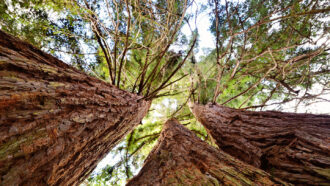 Plants
PlantsSome redwood leaves make food while others drink water
The two types of leaves grow at different heights in trees at dry versus wet areas. They may help redwoods adapt to climate change.
-
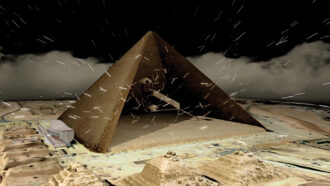 Physics
PhysicsMuons reveal the inner worlds of pyramids, volcanoes and more
Tracking these subatomic particles can uncover surprising hidden structures.
-
 Space
SpaceGravitational waves ‘kicked’ a newborn black hole across space
Two black holes merged into one, and then sped off at around 5 million kilometers (3.1 million miles) per hour.
-
 Space
SpaceSome of the sun’s iconic coronal loops may be ghostly illusions
Wrinkles in the sun’s outer atmosphere might trick the eye into seeing glowing arches, scientists now report.
-
 Animals
AnimalsScientists Say: Primate
Primates are mammals that tend to have big brains, forward-facing vision, fingernails and flexible hands and feet.
-
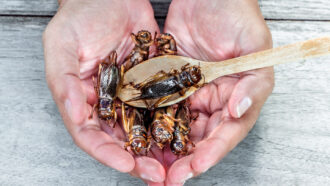 Animals
AnimalsHere’s why cricket farmers may want to go green — literally
Crickets are great sources of protein, but they often kill each other in captivity. Green light could help solve the problem, two teens find.
By Anna Gibbs -
 Tech
TechTeen-designed tech could expand access for people with disabilities
Several inventors at the 2022 Regeneron ISEF competition offered creative solutions that translate sign language and help blind people navigate.
By Anna Gibbs -
 Brain
BrainWarning! Nicotine poses special risks to teens
Even a single dose of nicotine during early teen years can start a life-long cycle of nicotine use and addiction.
-
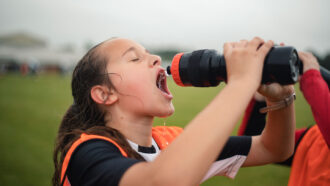 Chemistry
ChemistryReusable plastic bottles release hundreds of pollutants into water
Data show the plastic ends up tainting drinking water. For now, scientists don’t know what health risks downing these pollutants might pose.
-
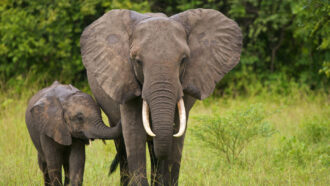 Animals
AnimalsMonstrous mammals would break the body rules
Giant mammals and people thunder through our movies and books. But real mammals can only get so large before they can’t take the heat.
-
 Brain
BrainScientists Say: Stereoscopy
Stereoscopy allows the brain to perceive the two 2-D images seen by the eyes as a 3-D scene.